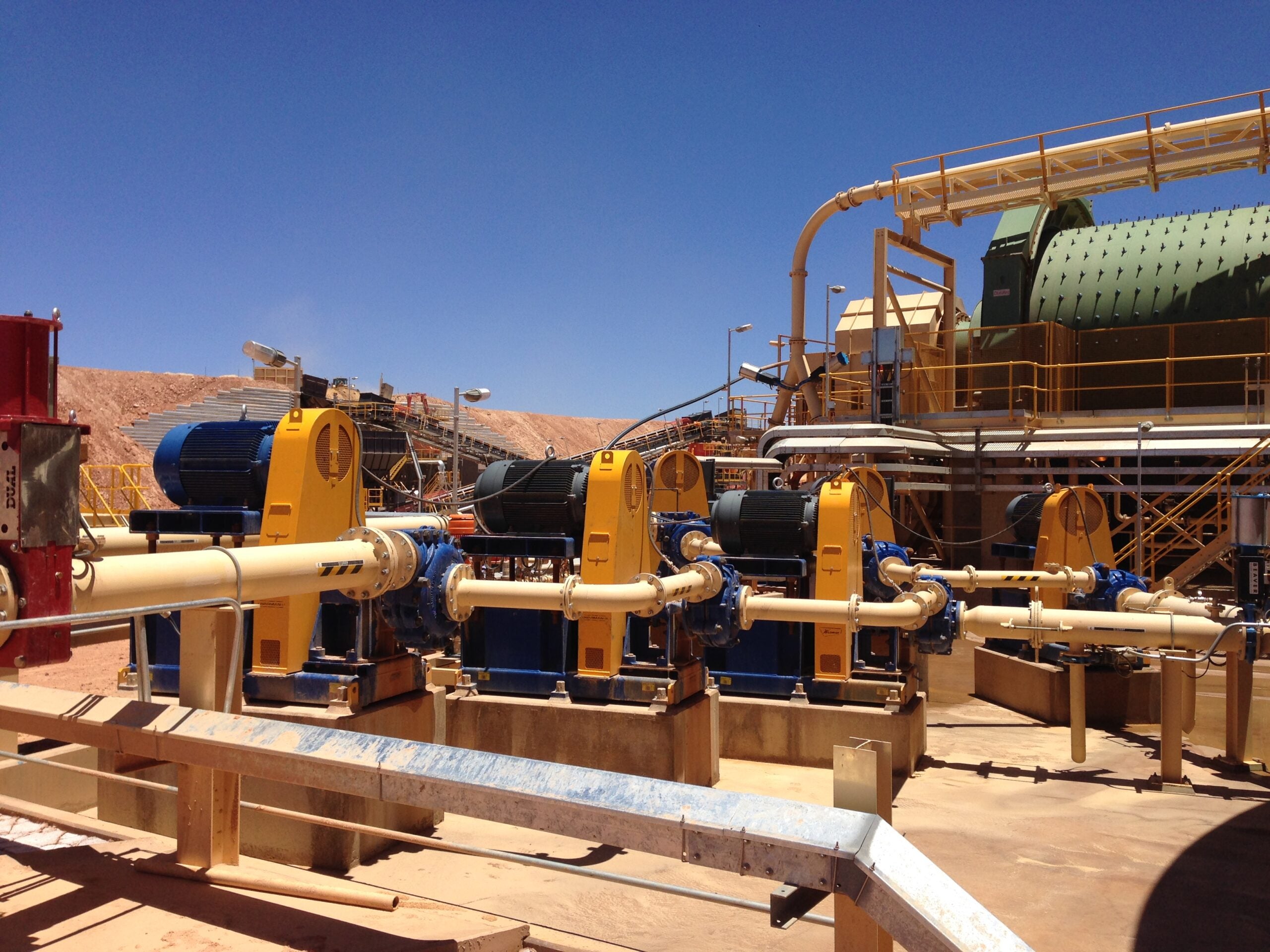
Slurry pumps are the workhorses of mining operations, helping to efficiently transport ore in the form of slurry throughout the site. Unfortunately, they are also often one of the more trouble-prone parts of many plants, with the abrasive nature of mining slurries taking a high toll on pump components.
A particular stress point is the gland area, where mechanical seals or packing are used to prevent leakage. Sealing solutions that are of poor quality or that are ill-suited to the application at hand can greatly increase maintenance demands, and lead to unplanned stoppages and excessive water use.
Mining operators looking to increase the efficiency of their slurry pumps – and in turn the whole operation – should spend time analysing their slurry and choose a tailored sealing solution that can cope with the inherent stresses.
Some of the factors to consider when analysing the slurry include the hardness and abrasiveness of the slurry; the amount and weight of solids being carried; and the salinity, chemical composition and temperature of the slurry. These can all impact heavily on component wear.
Armed with this information, operators can make a more informed choice about what kind of features are required from a sealing solution, be it a mechanical seal or packing. While uptake of mechanical seals is varied across mining settings, they have the potential to extend time between maintenance intervals by up to four times compared to packing. However, a slightly higher level of training is required among maintenance staff.
How to choose the right seal and packing
So, what factors should be considered when choosing a mechanical seal?
A good seal should have a stationary sprung design with non-clogging springs and micro-polished dynamic O-ring surfaces. It should also have the flexibility to add erosion protection features, like polyurethane in applications where the slurry is extremely abrasive.
Additionally, a good mechanical seal should also be flexible enough to add support features to prolong operating life, such as quench/drain and flush. It should have line-to-line seal faces and be designed with generous cross-sections and a robust drive mechanism that can mount on hardened pump sleeves.
For packing, the yarn needs to be sufficiently strong to prevent the slurry from penetrating into the fibre. It should be woven in a manner that creates a torturous leak path.
The packing needs to be low friction for low energy consumption and to reduce any damage to the rotating shaft, despite the presence of slurry. It should also be flexible enough to transfer the axial energy into radial load and maintain a positive seal for prolonged periods. Thereby reducing the number of follower adjustments required during the life of the packing.
In conclusion, slurry pumps play a crucial role in mining operations. By examining operating conditions and requirements and choosing an appropriate sealing solution, pump uptime can be increased, water consumption reduced, and high productivity maintained.
Want to know more?
Download the whitepaper below to find out how to choose the best Chesterton pump sealing solution for mining slurry operations.


